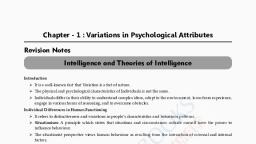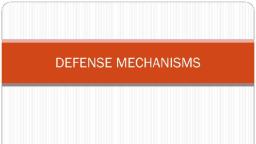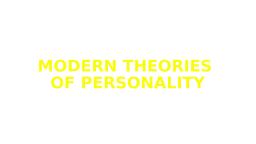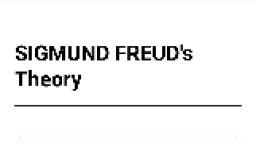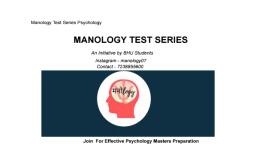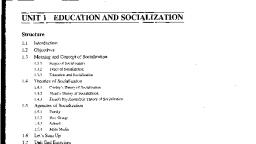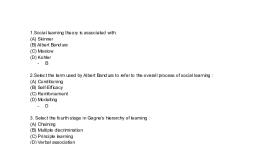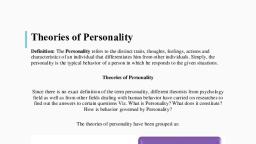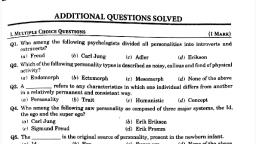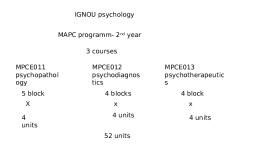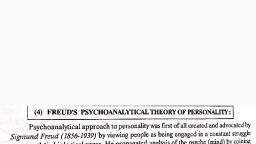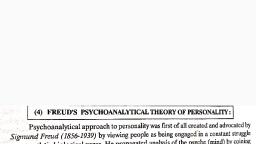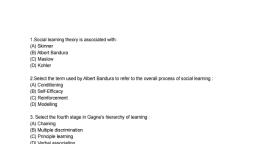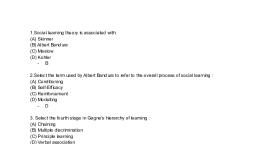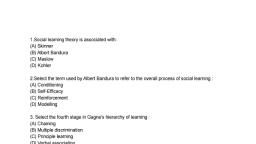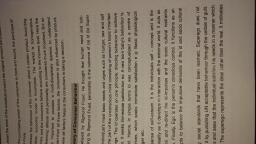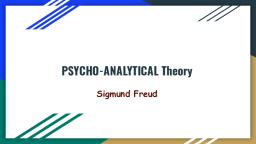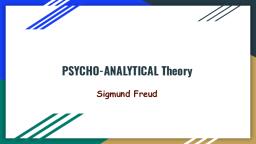Page 1 :
Freudian, Revolution
Page 2 :
Sigmund Freud, Austrian Neurologist, Credited for stirring a 20th century intellectual, revolution., Freud developed psychoanalysis – a scientific, method of understanding inner and, unconscious conflicts, embedded in one’s, personality, springing from free associations, dreams, and fantasies of an individual.
Page 3 :
Id, Ego, and Superego, These three parts of the human, personality which are part of Sigmund, Freud's psychoanalytic personality, theory. According to Freud, these, three parts combine to create the, complex behavior of human beings.
Page 4 :
ID Meeting Basic Needs, , The id is the most basic part, of the personality. It also, represents our most, animalistic urges, like the, desire for food and sex.
Page 5 :
Ego: Dealing With Reality, , The ego deals with reality,, trying to meet the desires of, the id in a way that is socially, acceptable in the world.
Page 6 :
This may mean delaying, gratification and helping to get, rid of the tension the id feels if, a desire is not met right away.
Page 7 :
The ego recognizes that other, people have needs and wants, too, and being selfish isn't, good in the long run.
Page 8 :
Superego: Adding Morals, The superego develops last, and is, based on morals and judgments about, right and wrong. Even though the, superego and the ego may reach the, same decision about something, the, superego's reason for that decision is, based more on moral values,
Page 9 :
While the ego's decision is, based more on what others will, think or what the consequences, of an action could be on the, individual.
Page 10 :
The id, ego and superego work, together to create human, behavior. The id creates the, demands, the ego adds the needs, of reality, and the superego adds, morality to the action which is, taken.
Page 11 :
Oedipus Complex, is a Freudian concept that, describes a child's sexual desire, for the parent of the opposite, sex and a sense of rivalry with, the parent of the same sex
Page 12 :
Electra complex, is a non-Freudian concept, that describes a girls' adoration, and attraction to their fathers, and resentment, hostility and, rivalry



